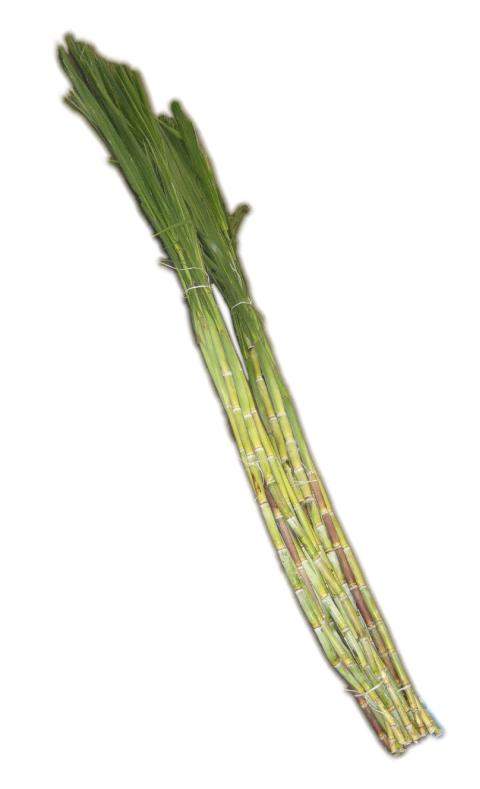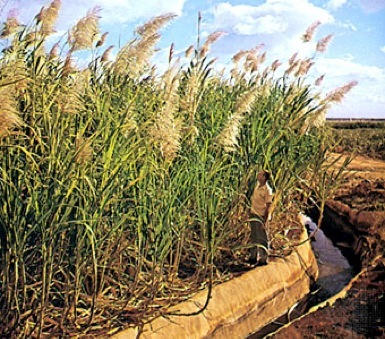Understanding the Different Types of Sugar and Cane and Their Uses
Understanding the Different Types of Sugar and Cane and Their Uses
Blog Article
Just How Walking Cane Sugar Processing Chemicals Improve Sugar Top Quality and Return
The duty of handling chemicals in walking stick sugar manufacturing is crucial, as they straight affect both the quality and yield of the last product. The unification of triggered carbon and enzymes serves to enhance the break down of complex sugars, inevitably leading to a purer and higher-quality sugar.
Review of Walking Stick Sugar Processing
Walking stick sugar handling involves a series of vital actions that change raw sugarcane into refined sugar products. The process starts with harvesting, where mature sugarcane stalks are reduced and transferred to refining centers. Upon arrival, the walking stick goes through washing to remove impurities such as dirt and plant materials.
Adhering to cleaning, the walking stick is squashed to remove the juice, which consists of sucrose - sugar and cane. This juice undergoes explanation, where lime and warmth are used to remove remaining impurities and non-sugar parts. The made clear juice is then vaporized to concentrate the sugar content, causing the formation of thick syrup
Following, the syrup is taken shape via a controlled air conditioning process, causing sugar crystals. These crystals are separated from the staying syrup in centrifuges. The raw sugar gotten is commonly brownish because of residual molasses web content. To achieve refined sugar, more purification steps are applied, consisting of cleaning, re-crystallization, and drying out.
The end product is either packaged as raw sugar or better processed into white sugar, providing to various customer and commercial demands. This thorough series of actions ensures the manufacturing of top quality sugar, necessary for countless applications in food and drink markets.
Key Processing Chemicals Made Use Of
The production of polished cane sugar relies on various handling chemicals that play significant duties at different phases. Among one of the most crucial are lime (calcium hydroxide), phosphoric acid, and sulfur dioxide. Lime is mainly made use of throughout the clarification stage to reduce the effects of acidity and speed up contaminations, causing a clearer juice. This action is vital for boosting the overall quality of the removed juice.
Phosphoric acid serves a twin purpose; it enhances the clarification process and aids in the removal of color-forming substances, adding to a higher purity of the final product. Additionally, sulfur dioxide operates as a bleaching agent, enabling for the reliable elimination of unwanted pigments and boosting the shade of the sugar.
Other remarkable chemicals consist of turned on carbon, which is employed for further decolorization, and enzymes that help with the malfunction of intricate sugars right into less complex forms, thus enhancing yield. The cautious option and application of these handling chemicals are vital for enhancing the effectiveness of sugar removal and refining procedures, eventually leading to an extra consistent and better sugar product.

Influence On Sugar High Quality
How do processing chemicals influence the high quality of refined sugar? The intro of various chemicals in the walking stick sugar handling phase substantially boosts the purity and general high quality of the last product. Trick agents, such as phosphoric acid and calcium hydroxide, facilitate the explanation process, effectively eliminating impurities and colorants that can adversely influence sugar's visit here appearance and taste. By reducing the effects of undesirable elements, these chemicals help accomplish a greater level of decolorization, resulting in an extra valuable and visually enticing product.
Furthermore, making use of activated carbon and ion-exchange resins during the refining procedure plays an important function in removing off-flavors and unfavorable smells, adding to the sugar's sensory account. This refinement not just raises the organoleptic and visual top qualities however likewise improves the life span by decreasing microbial activity connected with impurities.
Additionally, the precise application of these chemicals guarantees that the sugar displays a consistent grain size and flowability, which are important features for both commercial applications and customer preferences. Generally, the tactical use of handling chemicals is essential in accomplishing high-grade refined sugar that satisfies industry standards and customer expectations.

Enhancing Yield Performance
Enhancing yield effectiveness in walking cane sugar processing involves maximizing various stages of production to make the most of the amount of sugar extracted from raw cane. One essential facet is the selection and application of appropriate processing chemicals, which can assist in the malfunction of cell wall surfaces and enhance sugar release throughout removal. Chemicals such as enzymes and acids play a vital role in this process by hydrolyzing polysaccharides and dissolving pollutants, therefore enhancing the general removal effectiveness.

Routine tracking and adjustment of processing criteria are necessary to keep performance throughout manufacturing (sugar and cane). By employing these approaches, sugar manufacturers can not just raise the quantity of sugar gotten yet helpful hints likewise lower waste and lower manufacturing costs, adding to an extra lasting and profitable sugar processing procedure
Advantages for Customers and manufacturers
Walking cane sugar handling chemicals offer considerable advantages for both manufacturers and customers, producing a much more sustainable and reliable market. For producers, these chemicals boost extraction procedures, leading to greater returns and enhanced sugar high quality.
The improved quality of sugar translates to far better preference and consistency in food items. In addition, the use of processing chemicals can lead to an extra stable supply of sugar, reducing shortages and cost spikes that can take place due to environmental variables or market fluctuations.
Conclusion

The function of processing chemicals in walking cane sugar manufacturing is critical, as they straight affect both the quality and return of the last item (sugar and cane). The incorporation of triggered carbon and enzymes offers to enhance the failure of complex sugars, ultimately leading to a purer and higher-quality sugar.Cane sugar handling involves a collection of important steps that transform raw sugarcane into polished sugar products.Enhancing return performance in walking stick sugar processing entails enhancing different phases of production to optimize the amount of sugar extracted from raw walking stick.Cane sugar handling chemicals play a critical function in enhancing both sugar quality and return
Report this page